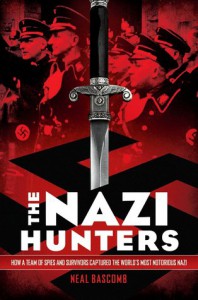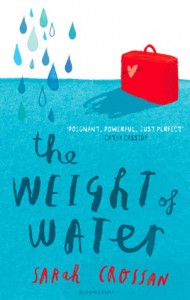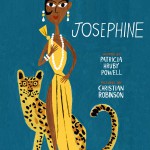Love and longing are not unusual subjects in young adult fiction, but in the masterful hands of Julie Berry–“All the Truth That’s in Me” (Viking 2013)—it is new. In measured steps the author shows just what we need to know, offering revelations in nearly every page. Even the village setting is a mystery. It’s historic. But when?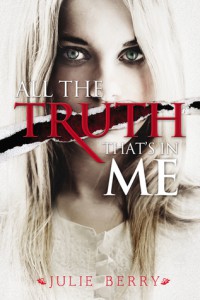
Judith, 18, tells the story as if she’s writing a love note that “you” will never receive. She lovingly describes “your” hands pulling a lamb into the world, offering the reader a view of the beloved through her eyes. Yet what of Maria—the town beauty—who is betrothed to “you.” All is hopeless. Besides which Maria has a big heart. How can Judith hate her?
“You” turns out to be Lucas, 22, the object of Judith’s affection since they were babies. The narrator also speaks of “him.” As readers, we must turn the pages to discover who that is.
Judith doesn’t speak. Why? She has been silenced by a traumatic experience, clearly. But what? Her loving father is gone, her mother is worse than unsympathetic—she’s incriminating. Her younger brother is spoiled and cruel.
The story of longing is set within an impending war. When ships are seen 20 miles out to sea the townspeople are panicked. Judith might be able to turn around the village’s devastation? But at what cost?
The writing is spare—nothing wasted—as would be true for a person who does not or cannot speak. She writes, “Do you remember the Aldruses logrolling?”
In this scene she delivers layers of emotional and informational groundwork. It’s a land-clearing work/party when Judith, 14, was among the anxious young girls presenting their puddings for the lads to sample. The author introduces Lottie who will become central to the mystery, all the while showing the innocence of their lives before the mysterious crisis occurred. This is neatly set amongst sensual details, which allow us to whole-heartedly enter this early American settlement.
On page 17, so much is suggested in one sentence: “Your father died the night the town believed he did, and my captor was born from his ashes.” Did I catch the gravity of that line the first time through? It made me turn a page, that’s for sure.
This is a love so great Judith will end her life to save Lucas—but there is nothing cheap here. And who was Lottie’s beau? There are so many questions to be answered and you’re so near the end and you still don’t know—until you do.
But why did the publisher choose for the cover a bottle blonde with heavy black eye-makeup—the one mystery outside the author’s control and the one that didn’t work for me. Except maybe the overly-complicated title.
I’ve tried to entice you without giving spoilers. Forget everything I’ve said and go read this.
Patricia Hruby Powell is a nationally touring speaker, dancer, author. Her new work Josephine: The Dazzling Life of Josephine Baker is available at book stores.
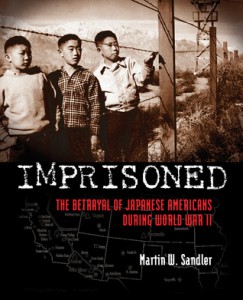 U.S. security. Others said that was ridiculous. The threat-mongers won out and 120,000 loyal Americans of Japanese ancestry were evacuated and detained in remote areas of the U.S. for two years. So we are reminded in “Imprisoned: The Betrayal of Japanese Americans During World War II” by Martin W. Sandler (Walker 2013).
U.S. security. Others said that was ridiculous. The threat-mongers won out and 120,000 loyal Americans of Japanese ancestry were evacuated and detained in remote areas of the U.S. for two years. So we are reminded in “Imprisoned: The Betrayal of Japanese Americans During World War II” by Martin W. Sandler (Walker 2013).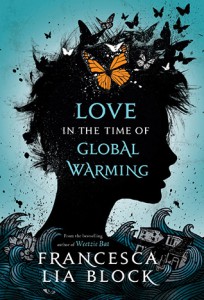 last person left on earth searching through stopped cars for survivors. But Francesca Lia Block’s devastated post-apocalypse world is oddly beautiful in “Love in the Time of Global Warming” (Christy Ottiaviano/Holt 2013). I couldn’t stop turning the pages.
last person left on earth searching through stopped cars for survivors. But Francesca Lia Block’s devastated post-apocalypse world is oddly beautiful in “Love in the Time of Global Warming” (Christy Ottiaviano/Holt 2013). I couldn’t stop turning the pages.